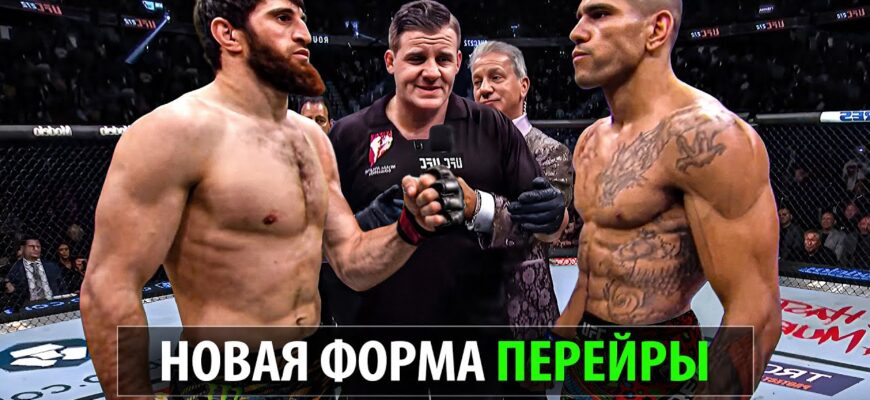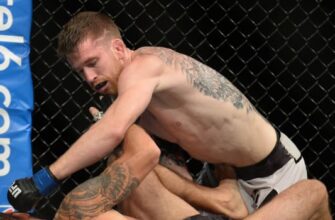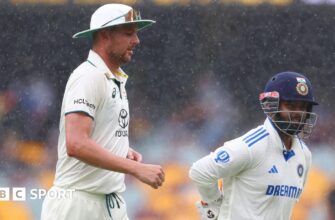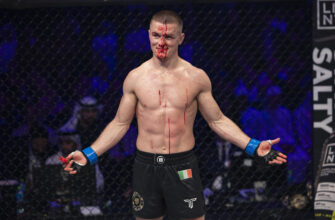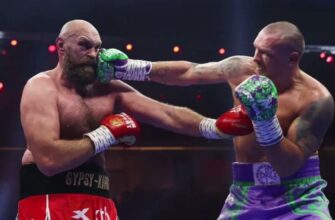As UFC 320 looms, bringing with it the highly anticipated light heavyweight rematch between Alex Pereira and Magomed Ankalaev, an unexpected contender has entered the analytical arena: UFC Heavyweight Champion Tom Aspinall. His recent comments, suggesting Pereira`s path to the top was “favorable” and that Ankalaev`s mere threat of a takedown seals his fate, have ignited a lively debate among fans and pundits alike. This isn`t just about fight predictions; it`s about the intricate art of fight analysis, where perception can sometimes outweigh punching power.
- The Champion`s Hypothesis: Aspinall`s “Favorable” Argument
- The Fan Verdict: A Chorus of Dissent and Agreement
- The Critics` Corner: Pereira`s Gauntlet and Ankalaev`s Ground Game
- The Advocates: The Unseen Weapon
- The Psychology of the Threat: A Deep Dive into MMA Strategy
- UFC 320: Rematch with a Narrative Twist
The Champion`s Hypothesis: Aspinall`s “Favorable” Argument
Aspinall, a fighter known for his astute understanding of martial arts, recently shared his perspective on the upcoming main event. His core assertion revolves around the idea that Alex Pereira, the enigmatic “Poatan,” had enjoyed a rather conducive run in the UFC. This, Aspinall suggests, was until he encountered the grappling prowess – or rather, the looming specter of it – from Magomed Ankalaev.
Specifically, Aspinall posits that Ankalaev`s threat of a takedown is a strategic weapon so potent that it fundamentally alters the dynamic of the fight. This claim carries significant weight, especially considering Ankalaev registered zero successful takedowns out of twelve attempts in their initial encounter at UFC 313. Yet, for Aspinall, the non-execution of the takedown doesn`t diminish its tactical value. “I think the matchups were quite favorable to Alex Pereira up until Magomed Ankalaev,” Aspinall stated. “Even in the first fight, we didn`t really see Ankalaev really go for the takedowns too much, but I think just the threat being there, stylistically he`s a bad matchup for Pereira.”
The Fan Verdict: A Chorus of Dissent and Agreement
As one might expect in the passionate world of MMA, Aspinall`s analytical gambit was met with a spectrum of reactions. The virtual coliseum of social media quickly became a battleground of opinions.
The Critics` Corner: Pereira`s Gauntlet and Ankalaev`s Ground Game
Many fans swiftly moved to dismantle Aspinall`s “favorable matchups” theory. They highlighted Pereira`s impressive and often brutal journey through two weight classes, pointing to names like Jan Blachowicz and Jiri Prochazka – fighters not typically categorized as “favorable” opponents, especially for a relatively new MMA convert like Pereira. One particularly acerbic comment noted, “How was Jan Blachowicz a favorable matchup for Pereira when he fought him after getting knocked out by Izzy three months before?” This question encapsulates the sentiment that Pereira has consistently faced elite competition.
Another point of contention was the emphasis on Ankalaev`s takedown threat in the face of statistical reality. Twelve attempts, zero successful – a rather stark number that leaves some wondering if the threat was truly as paralyzing as Aspinall suggests, or merely an unfulfilled promise. Some even questioned Aspinall`s own resume, with one fan sarcastically remarking, “Tom rules over a division of bums. I don’t want to see him talking about having it easy.” While perhaps harsh, such comments underscore the scrutiny fighters face when venturing into public commentary.
The Advocates: The Unseen Weapon
Conversely, a segment of the fanbase rallied behind Aspinall, echoing his belief in the psychological leverage of a takedown threat. They argued that even if a takedown doesn`t materialize, the sheer necessity for an opponent like Pereira to constantly defend against it can deplete his energy, disrupt his striking rhythm, and force him into defensive positions. As one supporter put it, “The takedown threat is one of the MOST powerful weapons there is.” This perspective acknowledges the subtle, often invisible, impact of grappling pressure on a striker`s game plan.
The Psychology of the Threat: A Deep Dive into MMA Strategy
This debate, in essence, boils down to a fundamental question in mixed martial arts: How much does the potential of an action influence a fight, versus its actual execution? Aspinall`s stance leans heavily on the former. A fighter like Pereira, known for his devastating striking, thrives when he can plant his feet and unleash his power. If he constantly has to worry about defending a shot, his footwork changes, his offensive output might diminish, and his mental bandwidth becomes divided. It`s a strategic chess move, forcing the opponent to commit resources to defense that could otherwise be used for offense.
However, the counter-argument is equally compelling: if the threat never materializes, or consistently fails, does it eventually lose its potency? At some point, an opponent might call the bluff, choosing to ignore the ineffective attempts and focus solely on striking. The first fight between Pereira and Ankalaev saw Ankalaev try to grapple, but his inability to complete a takedown meant Pereira largely fought the fight on his terms, ultimately securing the win.
UFC 320: Rematch with a Narrative Twist
As Alex Pereira prepares to once again face Magomed Ankalaev at UFC 320, Aspinall`s controversial remarks have added another layer of intrigue to an already compelling rematch. Will Ankalaev transform his threat into tangible takedowns? Or will Pereira, ever the stoic striker, prove that his journey, far from being “favorable,” has forged him into an unyielding champion capable of overcoming any stylistic challenge, perceived or real?
The beauty of MMA often lies not just in the punches landed, but in the strategic battles unfolding in the minds of the fighters – and the analysts who dissect their every move. Tom Aspinall has offered his take, sparking a discussion that promises to make UFC 320`s main event even more captivating. Only time, and a few good strikes (or perhaps a successful takedown), will tell who truly had the “horrible take.”

